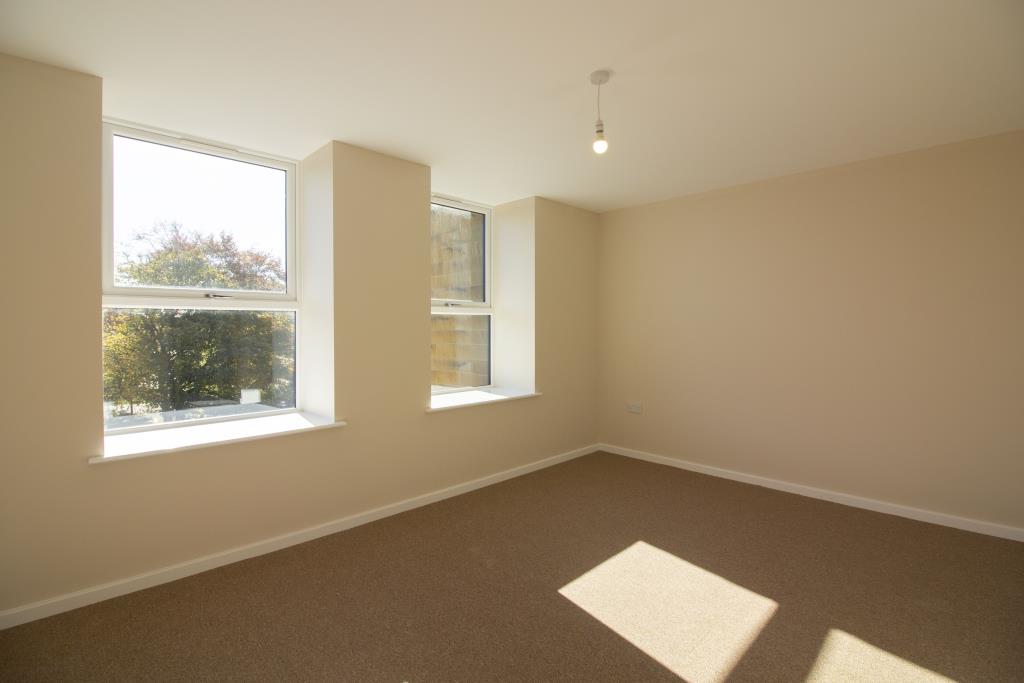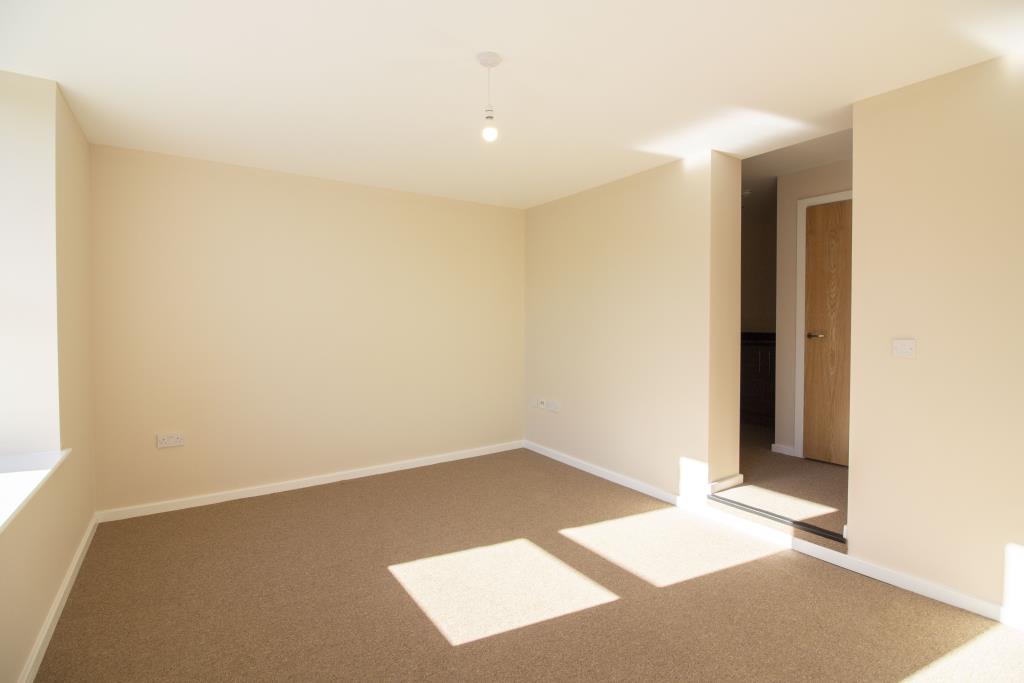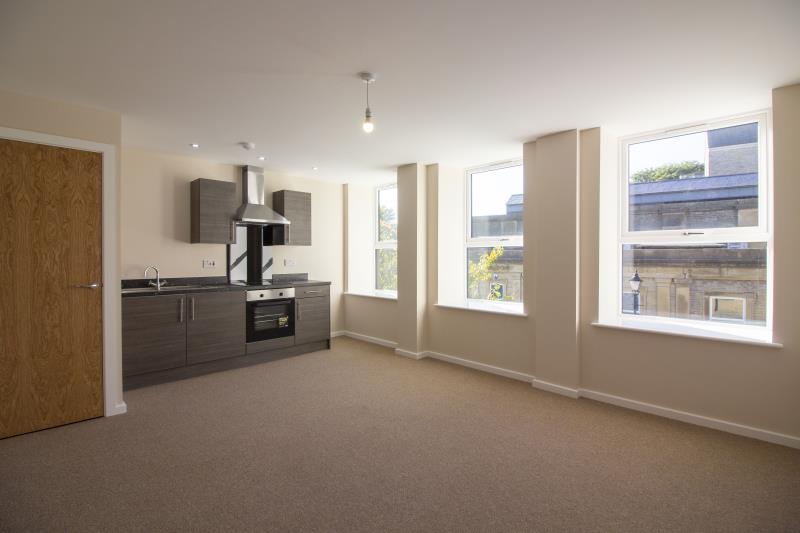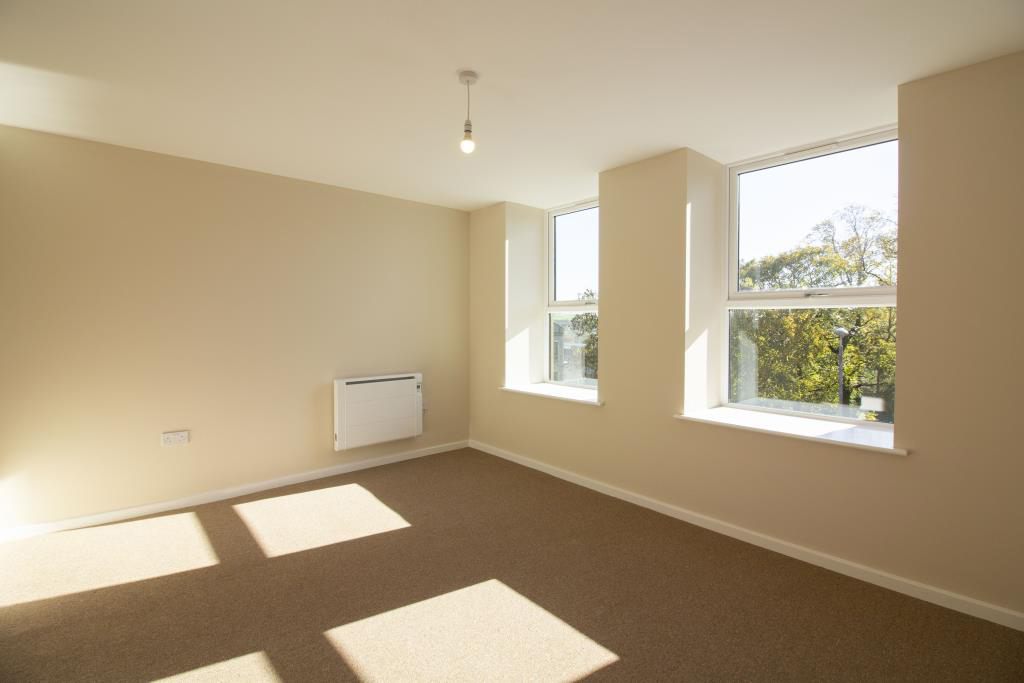Last updated: 17.10.2025
The number of people seeking asylum in the UK remains at historically high levels, maintaining a sustained and urgent demand for housing. In the year to June 2025, a record 111,000 asylum applications were submitted, a 14% increase from the previous year and surpassing the previous peak of 103,000 in 2002.
With the government pledging to clear the backlog by 2029 and expand purpose-built accommodation, the long-term need for housing solutions remains significant. This presents a clear opportunity for property investors.
The provision of asylum seeker accommodation has grown into a robust and viable sector. Leading providers, Mears, Serco, and Clearsprings, control the majority of the UK’s housing contracts and have demonstrated financial resilience. Serco, for instance, reported annual profits exceeding £145 million, highlighting the potential profitability for landlords who lease properties to these firms.
This article explores the key advantages and potential challenges of investing in asylum seeker housing and provides a step-by-step roadmap for entering this growing and stable market.
Asylum seeker housing investment guide

What is housing for asylum seekers?
Asylum seeker housing refers to temporary accommodation provided to individuals who have applied for asylum in the UK but have not yet been granted refugee status or other forms of protected status. Asylum seekers are those who have fled their home countries due to a well-founded fear of persecution, violence, or other serious harm.
During the asylum application process, individuals often need a place to stay while their case is being reviewed by the Home Office. To meet this need, a significant industry has emerged where asylum seeker housing is managed by government agencies or, more commonly, by large private contractors.
Asylum seeker housing can take various forms. While historically this included shelters and hostels, the recent increase in demand has led to a controversial reliance on hotel rooms and other temporary facilities. Increasingly, the government is looking to move individuals into designated housing facilities, typically Houses in Multiple Occupation (HMOs), which have become a cornerstone of the long-term accommodation strategy.
The goal of asylum seeker housing is to provide a safe and secure place to stay. In many cases, basic necessities are provided to ensure support throughout their stay.
It’s important to note that the conditions and types of housing can vary between countries, and the level of support provided to asylum seekers may differ based on national policies and resources.
Understanding asylum seeker housing investment
Asylum seeker housing investment involves purchasing or developing properties specifically to provide accommodation for asylum seekers. In the UK, demand for temporary housing remains high as tens of thousands of people await decisions on their asylum applications, creating a stable and long-term need for suitable properties.
Investors in this sector typically work with organisations that manage asylum and refugee housing programmes, including private contractors. Investors lease their properties to these organisations, which then use them to provide temporary accommodation for asylum seekers.
In practice, companies like Mears, Serco, and Clearsprings act as professional tenants, leasing properties from a wide network of landlords, investors, and agents, and managing the housing arrangements on their behalf. This structure allows property investors to benefit from a reliable rental income stream supported by long-term government contracts.

What we like about asylum seeker housing investment
Investing in asylum seeker housing properties can bring both financial rewards and a real sense of purpose. Here’s why many investors are choosing this path:
Social impact
By providing safe, temporary accommodation for people who have fled danger, investors make a tangible difference in people’s lives. It’s a way to contribute to a real humanitarian need while also putting your money to work.
Building government partnerships
Working with government agencies or non-profits in the asylum sector can open doors to long-term relationships. These partnerships aren’t just about housing — they can lead to future opportunities and a deeper understanding of how social impact and investment can intersect.
Stable rental income
Leasing properties to established providers offers dependable income. With guaranteed rent, minimal void periods, and protections against arrears, it’s a way to enjoy the predictability many investors look for in property.
Financial incentives
Many governments and providers offer incentives to make investing in asylum housing more attractive. In the UK, for example, Serco offers landlords five-year leases with guaranteed rent, professional property management, and coverage of repairs, taking a lot of the stress out of the investment.
Portfolio diversification
Asylum housing is a niche part of the property market. Including it in your portfolio helps spread risk across different types of investments, adding stability and resilience, especially when other markets are unpredictable.
Positive public image
Investing in socially responsible housing sends a clear message about your values. It can strengthen your reputation, show that your business cares, and create goodwill with partners, clients, and the wider community.

Profit potential of asylum seeker property investment
The asylum seeker housing sector presents a compelling opportunity for investors focused squarely on profitability and long-term security. The market is driven by an unprecedented demand for accommodation from the Home Office, ensuring a continuous need for properties. For landlords, this translates into a highly lucrative model: they can secure long-term contracts, often spanning five years, with a guaranteed rental income that is frequently above market rate.
Crucially, this type of investment minimises traditional risks. The rent is secured by a government-backed contract, providing a reliable and resilient income stream that is not subject to tenant payment fluctuations. Furthermore, major contractors handle the day-to-day management and maintenance of the property, offering landlords a hands-off, passive income model. This combination of guaranteed, above-market rent and low operational burden makes asylum seeker housing a uniquely profitable and secure investment route.

Areas of consideration with asylum seeker property investment
While there are potential benefits to asylum seeker housing property investment, there are also challenges that investors should consider:
Political and regulatory risks
Immigration and asylum policies can change with shifts in government or public opinion, which may affect demand for housing or available incentives. Staying informed and working with experienced providers can help investors navigate regulatory changes and reduce uncertainty.
Social and ethical considerations
Some investors may face criticism for profiting from vulnerable populations. However, approaching investments responsibly, ensuring high-quality accommodation and collaborating with trusted housing providers can mitigate reputational risks and highlight the social impact of the investment.
Vacancy risks
Demand for asylum housing can fluctuate. Partnering with established government-contracted providers often ensures a steady flow of tenants and minimises vacancy periods, creating more predictable income.
Operational challenges
Managing asylum housing requires sensitivity to cultural, language, and security considerations. Using experienced management teams and providers can help investors handle these logistical challenges efficiently.
Long processing times
Asylum applications can take time to resolve, which may affect the length of stay for tenants. Structured lease agreements with providers typically cover these uncertainties, providing stable income even amid variable tenancy durations.
Community opposition and perception
Some local communities may resist asylum housing projects. Engaging proactively, maintaining transparent communication, and demonstrating the benefits of high-quality accommodation can reduce opposition and foster positive community relations.

Unlock stable returns through asylum seeker housing investment
The verdict on asylum seeker property investment is that it can be both profitable and stable, but it requires careful planning.
Investors benefit from strong, ongoing demand for temporary accommodation, often supported by government-backed contracts with guaranteed rent, long-term leases, and low vacancy risk. Before investing, it’s important to understand the legal and regulatory framework, explore financial incentives, and ensure compliance with relevant laws.
Location matters: properties should be in areas with clear demand and access to support services, while operational needs, like maintenance, security, and tenant support, must be managed effectively. Partnering with experienced organisations and engaging with local communities can further reduce risk and boost sustainability.
With careful due diligence, risk management, and long-term planning, asylum seeker housing offers a stable, socially responsible income stream and portfolio diversification, making it an attractive choice for investors seeking predictable returns in a resilient property sector.
Interested in a lucrative and resilient investment sector? Discuss your asylum seeker property investment options with us. Our team can help you build a successful portfolio, from due diligence to purchasing. Get in touch today to start investing.

Written by: Ben Whitaker
Experienced professional working in the real estate investments sector. Assisting and advising clients on the acquisition of property across a range of asset classes, with view to achieving robust return on investment.


